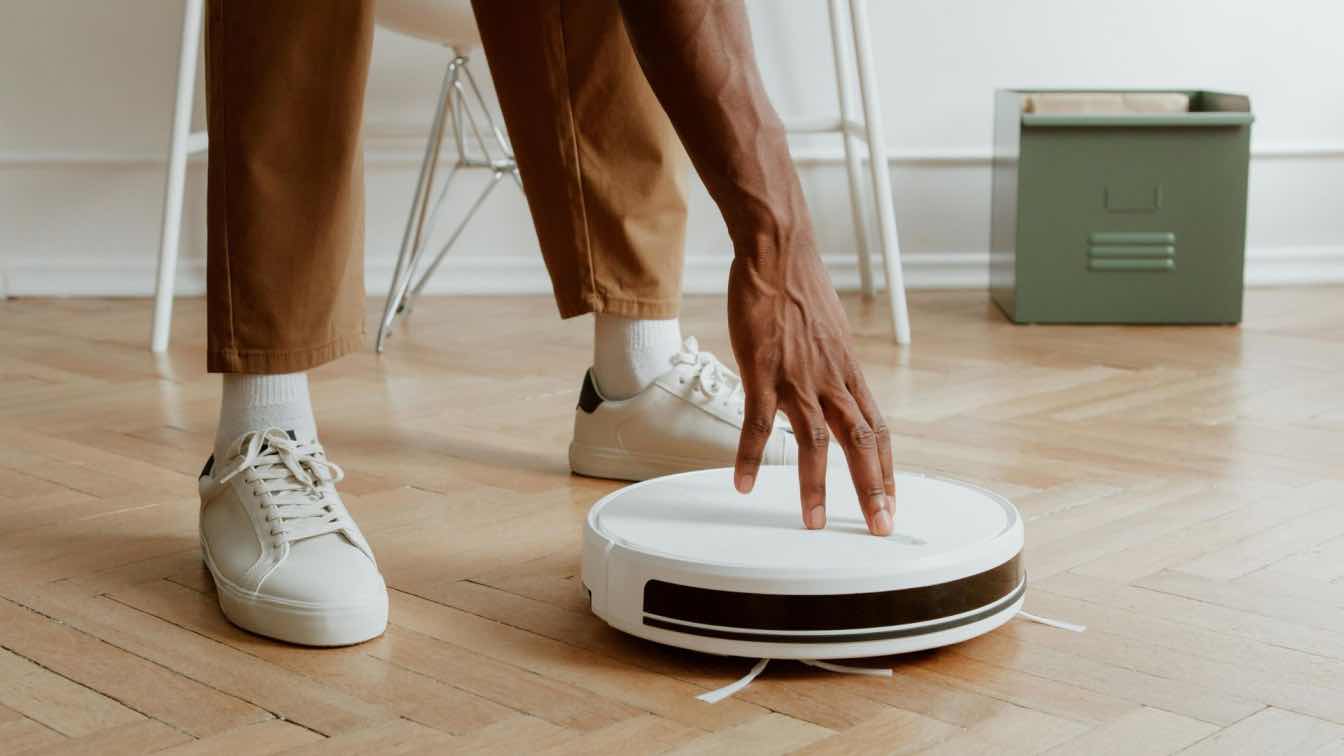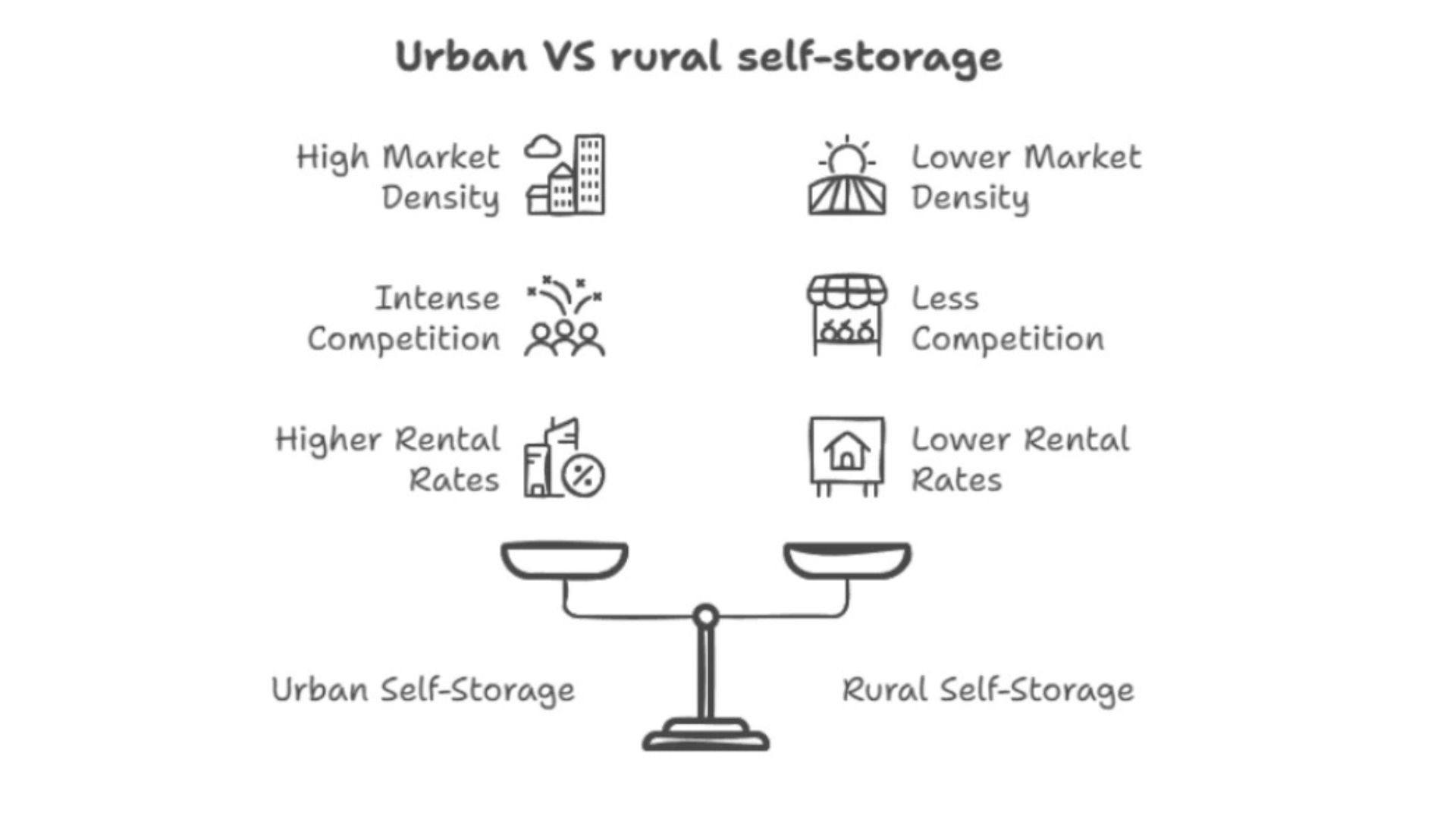Psychiatrists say that cleaning is more about our mental and physical health than our home’s aesthetics. Cleaning and decluttering help improve our focus, performance, and, most importantly, release endorphins, the stress-relieving hormone. This year, 80% of Americans plan to spring-clean, marking a more than 10% increase from just three years ago (source). However, many of us feel more stressed at the thought of cleaning a messy space than the act of cleaning itself. Here’s the kicker: it’s all about strategy. By incorporating our seven-step strategy from this guide, you are guaranteed to ride waves of endorphins without much effort, making the process enjoyable and rewarding.
1. Create a Cleaning Schedule
We normally think of cleaning our home when it’s already too messy, and we can’t stand it anymore. Start by fixing this problem first. Schedule regular cleaning sessions to ensure the mess never piles up. Do it little by little instead of all at once, and your resistance to cleaning will decrease significantly.
2. Declutter Before Cleaning
To start a cleaning session with the floor is a classic example of the Pareto principle (80/20 rule): You spend 80% of your energy on the 20% bit that makes the least aesthetic difference to your space. Instead, start with the 20% that makes the 80% difference: decluttering. You’ll clean 80% of your home faster, which will motivate you to clean the rest just as quickly.
3. Use the Right Tools
Using your old shirt to dust up your furniture and windows without any cleaning solution is inefficient. The cloth won’t reach into any crevices and your space may look just as dirty even after the cleaning.
Solution? Use specialized microfiber cloth for dusting, brushes for cleaning crevices, and cleaning solutions to scrub smears off wood, glass, and marble surfaces. Use it all correctly, and you’ll revitalize your home like never before.
For cleaning solutions, opt for naturals like vinegar, baking soda, and lemon. They’re more effective compared to the ones you’d get off the market and more eco-friendly, too.
4. Clean from Top to Bottom
Instead of jumping to vacuuming next, start cleaning from the highest points in your room during intensive cleaning sessions. Shelves, ceiling fans, and the tops of cupboards are all places that accumulate a lot of dust. Brush this dirt off your floor before any vacuuming. This way, you’d only have to clean the floor once.
Oh, and don’t forget to clean the hidden spots! It’s easy to overlook areas such as behind appliances, under furniture, and inside cabinets. These spots also accumulate dust and grime, and need a good brushing and scrubbing for a thorough clean.
5. Adopt a Room-by-Room Approach
A room-by-room approach lets you clean one room up in its entirety before moving to the next. Result? You avoid opening up the entire cleaning pandora box and overwhelming yourself. You’d remain focused on the room and would be able to clean your home much faster.
6. Incorporate a Robot Vacuum
So far, you’ve spent 50% of your energy and are done with 90% of the work. For the remaining 10% (floor cleaning), you would have to spend your remaining 50% energy and a good amount of time, unless you employ robot vacuums.
Robot vacuums are these small, smart, and round devices that crawl your floors to brush off dust and dirt, suck them and store them in their built-in dustbins. Then, they mop the floor for a clean, fresh finish—absolutely magical.
Robot vacuums work wirelessly using batteries. They map and navigate your floor using sensors and efficiently clean every bit of it, without bumping into the furniture. Heck, they even go deep into hard-to-reach areas that you wouldn’t have been able to clean otherwise.
To recharge or empty their dustbin, robot vacuums with auto-empty functions return to their dock and automatically resume cleaning when they’re done. With powerful suction, built-in brushes, and mopping mechanisms, these advanced vacuums not only eliminate the need for manual emptying but also ensure that 100% of the effort required to clean the floors is taken care of for you.
7. Schedule Robot Vacuum Cleaning
Incorporating a robot vacuum is just half the job. The other half is to automate and use it to your full advantage.
See, you can control these vacuums using their smartphone app and your voice. You can schedule when, where, and how they clean your floor. You can designate no-go zones and even map rugs and different flooring surfaces to make the vacuum clean it accordingly.
If you’re already using a smart home system (cameras, voice assistants, sensors, and climate controllers), you can even design the vacuum to start cleaning when you’re away.
At this point, what the vacuum can’t do for now is make your bed, organize your cupboards, and declutter your house in general. Other than that, it will wipe your floors—be it hardwood, tile, or carpet—clean with full dedication and efficiency.
Following our strategy in this guide, you will never have to spend as much time and energy into cleaning again. You’d be able to sit back and relax as the robot does the work.





